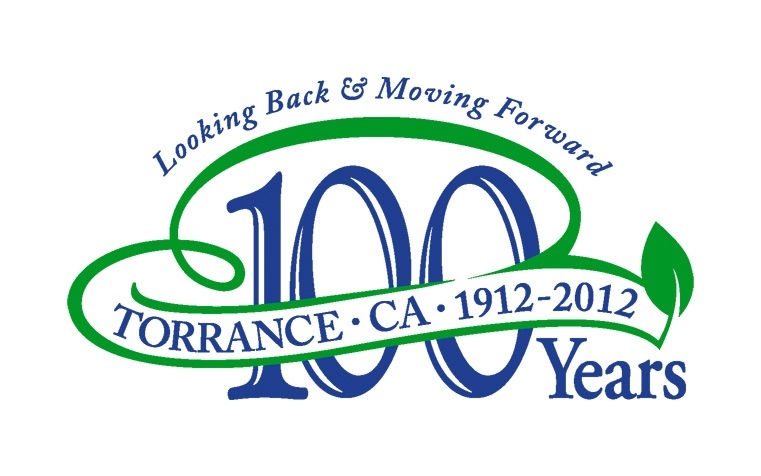 |
February 10th, 2015 Torrance City Council meeting began with proclamations on behalf South Bay senior and cadet squadrons.
This evening's agenda was leaner than the last meeting, but audience members had their dutiful share of comments nonetheless.
During the first period of oral communications, a representative from Southern California Edison addressed the city council. Another member explained why the Torrance Downtown Farmers Market was going to be renamed the Flea Market.
Also during the Oral Communications, I shared my concern regarding why the previous city council meeting, January 27th, was so long, requiring resident to stay until 11pm, while many others had to leave the meeting early in order to prepare for other matters the next day.
The City Manager Leroy Jackson explained that the meeting was cancelled for next because of a lack of agenda items, while February 3rd was dark because of the holidays. After the meeting, one of the audience members shared with me that the extended city council agenda was Jackson's fault. The city council members concurred, however, that the extended number of agenda items was a concern, and that it should not happen again.
 |
| City Manager's Staff (Leroy Jackson on the extreme right) |
The City councilmembers and the audience spent the greater part of the meeting's public portion discussing what the city could do with a one-time windfall of $9.8 million following a land swap (Chandler deal) between Rolling Hills Estates and Torrance.
The elected officials discussed setting aside a set sum of money for city reserves, as well as paying down pension debt. Councilwoman Ashcraft discussed the importance of renovation and upkeep for the Cultural Arts Center. Griffiths and Weideman also brought up the contingency funding and self-insurance funding because of "anomalies", i.e. the series of lawsuits against the city last year.
Financial Director Eric Tsao discussed the "cautiously optimistic" Capital budget for the next five years. He presented the potential for more revenue from the new Nordstrom building in the Del Amo Fashion Center. The City Manager also listed the requests from city departments, all of which want a piece of the Chandler funds coming to the city over the next three to four months. City revenues from sales taxes did fall, but the city budget did fall beneath projections, which indicated that the city had an extra $3 million left over. The economic recovery has been gradual since the Great Recession ended in 2009. The economic growth has been relatively weak, even though their is improvement. Other car dealerships and improvement to existing business along Hawthorne Blvd. are slated to bring in more revenue, as well.
Councilman Barnett and Mayor Pat Furey agreed on setting reserves as well as paying down the debt. Rizzo talked about the potential investment in body cameras for Torrance Police officers, as well as maintaining the police department and jails. Councilman Goodrich talked about ballards for the Torrance Farmer's Market at Wilson Park.
Griffiths talked about improving the city's infrastructure as well as improving signs in the city. He also asked the Finance Director to explain the city's different reserves funds, and why the city allocated certain monies. Most of the council agreed in providing funding for the Torrance Cultural Arts center, in part because many planned events were getting canceled because of problems with the facility.
During questions and comments on the windfall coming to the city, residents talked about making street curbs ADA compliant (American Disabilities Act), including curved curbed for handicapped individuals to roll onto the sidewalk. There were other concerns about left-turn signals in the city, which have made traffic more difficult instead of less.
Later, I addressed the council about the long-term benefits of investing some of the money toward paying down the pension debt. I was not alone in this suggestion, since Weideman had told me about the land-swap funding a few months ago. Because this windfall is one-time funding instead of consistent revenue source, I agreed with the Mayor and other members of the council that paying debt was the better use of the funding. Financial Director Eric Tsao confirmed that the city analyzed the long-terms savings in paying down pension debt.
 |
| Torrance Finance Director Eric Tsao |
I then asked about the "anomalies", the lawsuits which have cost the city $2 million in one settlement, even though in the past the city was paying an average of $500,000 a year in liability claims. Three lawsuits in 2014? This trend needs more attention. I asked the members of there is a core issue connecting all of these concerns. No answers were forthcoming, and it appeared that the council was not interested in discussing those "anomalies" any further. The city of Torrance should not become a "deep pocket" for anyone looking for an easy lawsuit settlement.
Before the members withdrew to Executive (Closed) Session to discuss labor agreements, the Second Round of Oral Communications allowed residents to affirm their opinions on how the city's new funds should be spent, as well as prior attendance at a Rose Parade celebration.
No comments:
Post a Comment